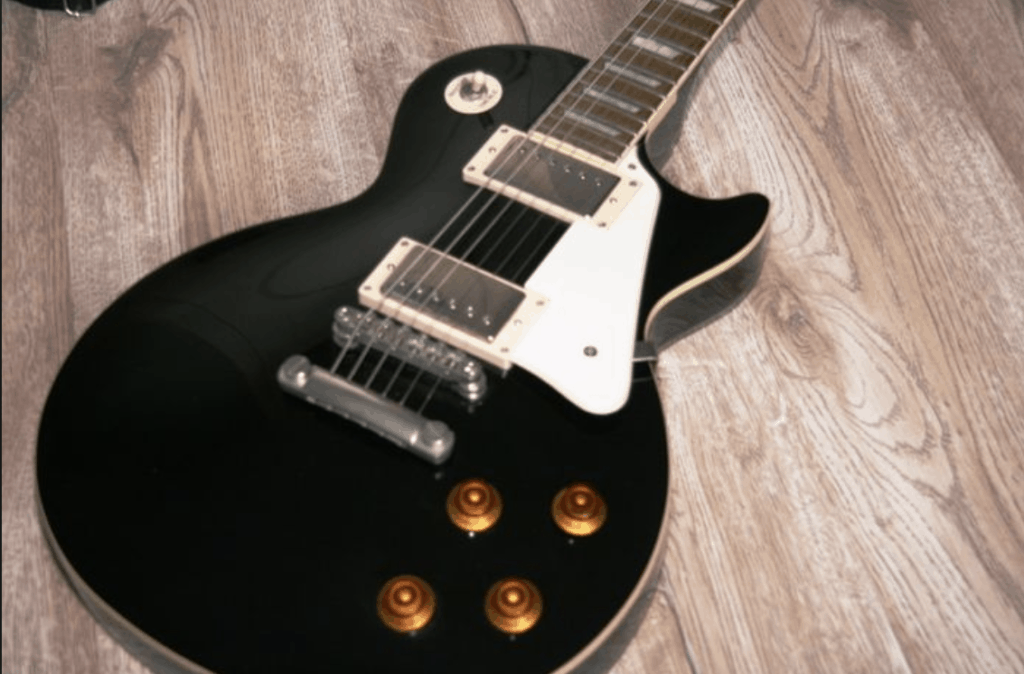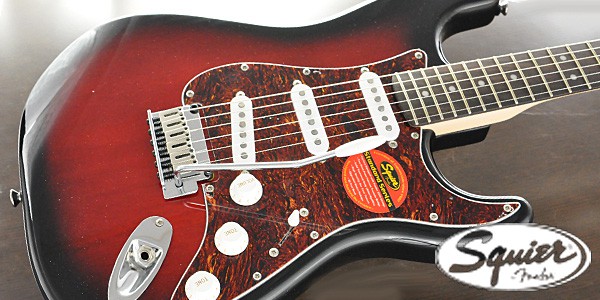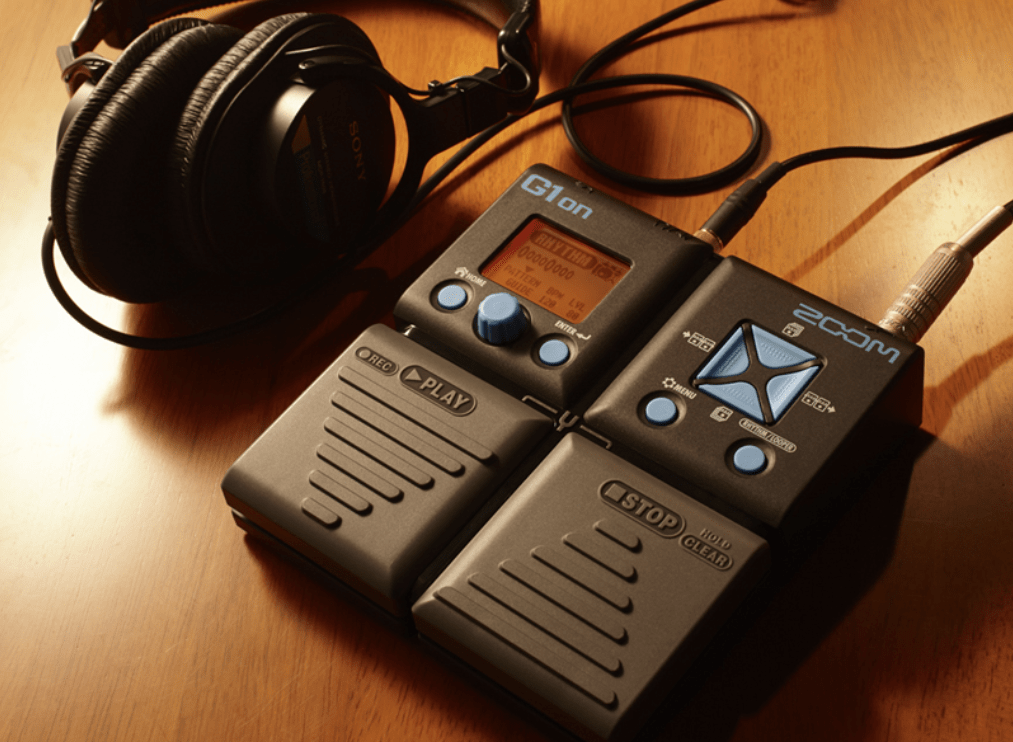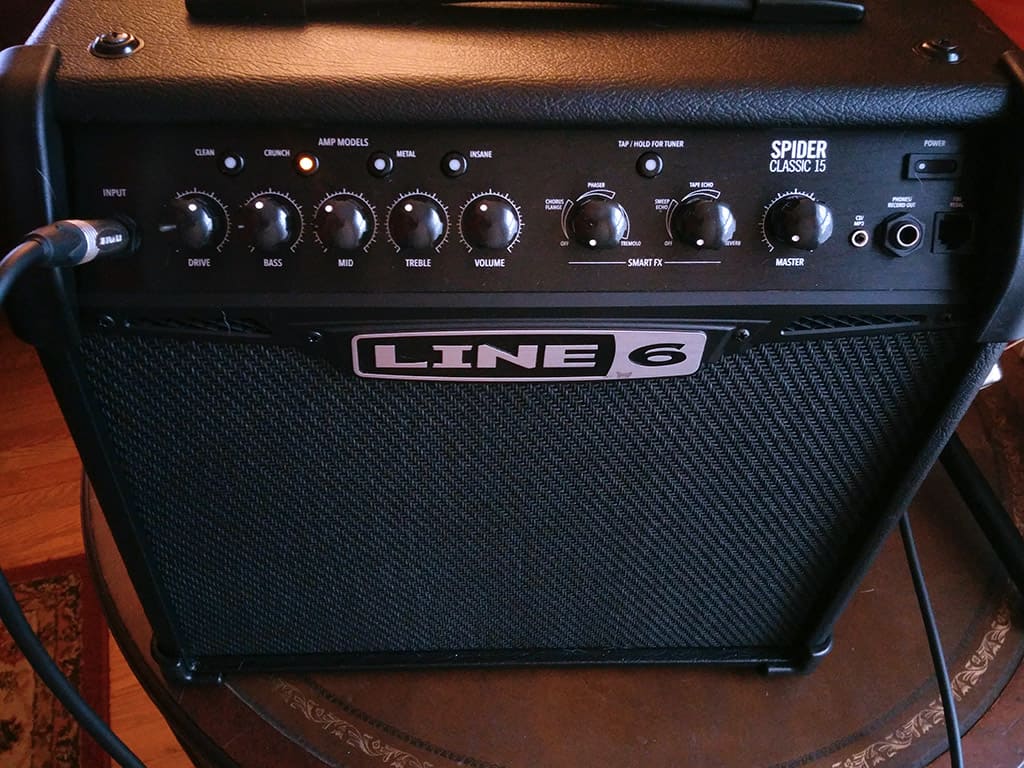Review: Epiphone Les Paul Standard – is it right for you?
Epiphone are one of the best known brands in guitars for beginners and intermediate guitarists. They’re a little pricier than than many beginner models, but there aren’t many professional musicians to be seen using them.
I guess that puts them as a gateway or transitional guitar?
Anyway, if you’re reading reviews about Epiphone’s Les Pauls, there’s a good chance you’ve already had a nosey at the range and thought “that’s an awful lot of different guitars that mostly look the same.” I’m not for a second going to pretend that isn’t a reasonable thought to have!
Seriously, it’s bordering on obnoxious.
Before we begin, make sure you’re ordering Epiphone from a legitimate retailer, NOT from a counterfeit seller. For your convenience, here is the Amazon link to an authentic Epiphone retailer.
We’re going to give you an idea of their Standard Les Paul, to try and give you a baseline for other models you might look at, in Epiphone, and in other brands.
Core features and specs
At the heart of any genuine Les Paul from the Epiphone or Gibson family will be a mahogany body, complimented by a maple top, with two shiney humbuckers saying hi.
- Ebony
- Metallic Goldtop
- Pelham Blue
- Cardinal Red
| Construction type? | Set | |
| Body material? | Mahogany/maple | |
| Neck material? | Mahogany | |
| Fingerboard material? | Rosewood | |
| Number of frets? | 22 | |
| Pickup configuration? | Alnico Classic humbuckers |
Parts
Full disclosure: I’m a sucker for mahogany guitars with humbuckers, but I’ll try and not let that give any untoward bias in this review.
The Les Paul is based around its mahogany body. Lots of guitars claim mahogany bodies, but they still have to turn a profit – do you think the best, highest quality, most dense mahogany bought by Gibson is going to go towards their cheapo guitars? Yeah, me neither.
You can’t see it here, but on the slightly more expensive Epiphone Les Pauls, they’ll have some kind of trans finish, to show off the generally aesthetically pleasing maple top. The maple top is a funny thing with less expensive guitars – I’ll expand on that later on.
The majority of parts on this are unbranded. It’s likely this is another cost-cutting measure. One exception is the machineheads, made by Grover. I’ve never thought about it before, but I have to agree that if I want a familiar brand on just one part of a guitar, I’d probably pick the machineheads too.
The Alnico Classic humbuckers are of Epiphone’s own design and creation. They’re one of those parts that have been around forever, so you kind of have an expectation from the outset.
It’s difficult to get too excited about the parts on a Les Paul Standard, because everything is just so… well… standard!
Construction

While other guitar manufacturers have come to improve the standard of output from their Eastern brands, Epiphone have never had an issue with that. They’ve been producing respectable instruments just forever.
Any complaints about Epis are usually isolated, and more likely to do with carelessness in transit, rather than anything from their factories.
Looking at the set neck joint of this example, and it sets the bar high from the outset: clean cut; neck flush with the body; doesn’t look forced in; no glue residue or any other blemishes on the finish – you really can’t ask for much more than that.
Looking over the body at the attached hardware, and it all looks legit. Nothing seems to be hanging off or rattling. I poke and prod at the parts to make sure, and I’ll never feel silly for doing so! I couldn’t make out any scratches on the hardware either.
Going back to the maple top, on a guitar this price, it’s likely to be closer to a maple veneer, as opposed to more expensive models, which are more likely to have an actual carved maple top.
Taking a look down the length of the guitar, from the body towards the headstock, and everything looked straight and even. This guitar isn’t going to a problem to play, I think.
Taking a closer look at the neck, and it has the familiar binding along the edge of the fingerboard. The back of the neck looks comfortable and highly lacquered. On the flipside, the fingerboard seems less finished than higher end models. The frets are evenly and tidily embedded, with the binding making sure there’s no sharpness. I couldn’t find any blemishes on the binding either.
Tones

It’s a point of good practice to give a new guitar a play without plugging in at all. It will just help identify any potential flaws that might be disguised by an amp, especially one with overdrive. I played a few chords, riffs, licks and solos, up and down the fretboard, and didn’t hear a single thing that made me frown or say any bad words.
Amp-wise, I’m going through my trusty British-style, 30 watt, all valve combo with a 10” speaker. Thinking about it, it’s not too far off what an owner of an Epiphone Les Paul Standard might be using. It’s a far cry from the solid states that dominate the beginner market; it’s better than a hybrid or digitally emulated affair; and it’s not obnoxiously big or expensive like a professional player might have.
It also fits well with the kind of sounds somebody looking at Les Pauls might be after.
With my usual EQ settings – bass at four, middle and treble each at six – I went straight to find some nice blues-inspired rock tones, so had things at the overdrive channel, with the gain dialled up to six.
I’m not the biggest fan of bridge pickups, but in the interest of a thorough review, I spent a little time with this one. It actually wasn’t awful, but still a bit bright for my liking.
Selecting both pickups was definitely my favorite though. It hit the spot for crunchy blues, but not so fat sounding that you couldn’t pull off solos.
The neck pickup was a bit muddy – I can’t think of an application really for it, beyond experimental sludge rock.
Playability
I always find that new guitars come with a slightly higher action than I’m comfortable with, but that’s a playability issue on me, not on Epiphone.
Otherwise, there’s plenty here to keep a guitarist happily busy and content with the playing. I found the neck shape comfortable, but as with any guitar, that’s such a subjective thing. The fingerboard was fine – perhaps a little more ‘fight’ to it than other guitars.
Let’s not pretend that it’s going to be in the same league as the Gibson Les Paul Standard, but if you’re on a budget in search of getting as close as possible, this should tick all the boxes.

I’d absolutely recommend this guitar for a beginner looking to move up to the next stage of their playing. If you’re already the owner of a single coil guitar, this would actually compliment it pretty well in a home-recording context: rhythm and riffs on the Les Paul; licks and solos on the single coil.
That’d be a win right there.
This is a solid price for a well-respected guitar. It’s one of those instruments where it’s actually difficult to find one that doesn’t have some kind of a deal going on it.
Take a look, check some video, and definitely try it out in your local store.





